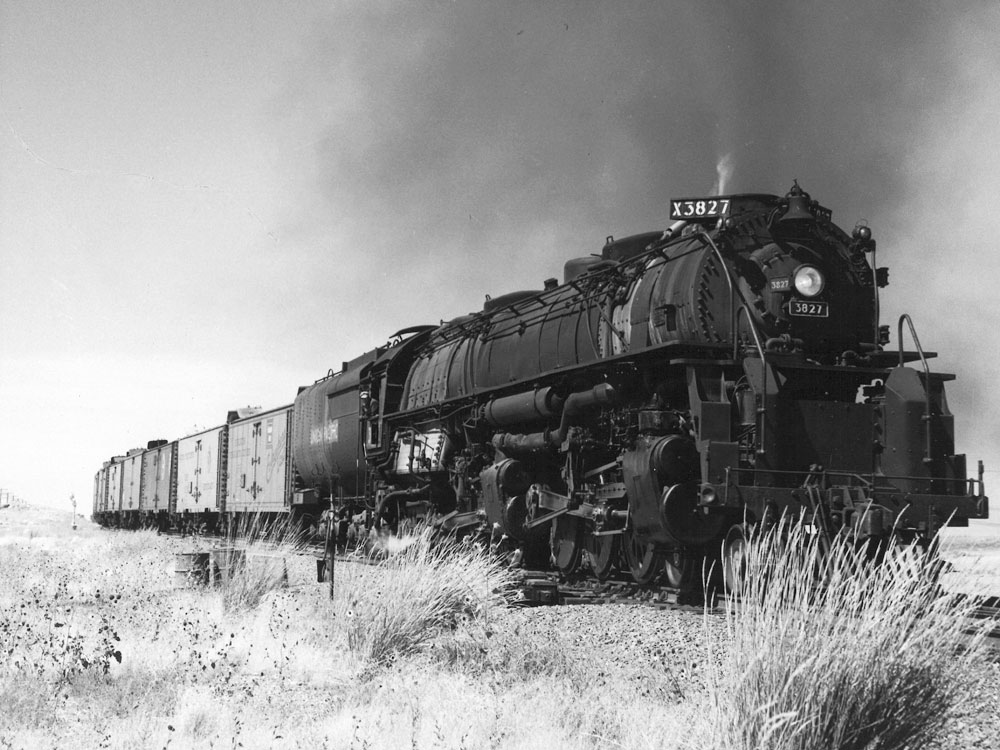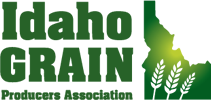This post was originally published on this site
Article Source: What industries for an Idaho model railroad in the 1940s? - Trains - TRAINS Magazine

Q: I am looking for suggestions for industries for an Idaho model railroad in the 1940s. I’m working on building an HO scale 10 x 11-foot around-the-walls model railroad. I have decided to model a small town in rural Idaho along the Union Pacific in 1942. I am looking for a few plausible industries to include. I already have a team track and a small passenger station and have bent some of the facts to include coal service. I also have two small staging tracks. Do you have any suggestions that would make for lively operations while keeping the layout plausible within my constraints? — Nate Simpson, Meridian, Idaho
A: Idaho, huh? I bet you can already guess my answer: potatoes. In 1940, Idaho provided the United States with two-thirds of its potatoes. Nearly 80% of Idaho workers either owned a potato farm or worked on one. During World War II, the period you’re modeling, potato production ramped up even above its usual levels to fill the nation’s wartime larders. From January 1942 to January 1943, Idaho produced more potatoes than it did in the years 1935 to 1940 combined!
So I’d think that even on a small layout, each of your towns should have one or more potato warehouses. If you model harvest time (in Idaho, this is generally September and October), your railroad should run plenty of hotshot reefer extras to haul all this produce. This will add to the challenge of running your usual passenger and freight locals, as they’ll have to clear up when the Spud Extra comes through.
Other industries for an Idaho model railroad
But as an Idahoan, you might find the potato industry to be kind of obvious and boring. Luckily, there are other industries for an Idaho model railroad set in the 1940s. There was enough wheat farming that a grain elevator wouldn’t be out of place. Mining was a big part of the state’s early days, with gold, silver, zinc, lead, copper, manganese, and molybdenum among the ores extracted. The timber, paper, and wood products industries were also represented.
And those are just the large producers in the state. You can always add an industry that receives freight from outside the modeled part of the world, like a coal or oil dealer, warehouse, grocery distributor, cold storage, or lumberyard. And universal industries like team tracks are always a good idea.
To read more about what freight cars would carry different kinds of commodities, check out Jeff Wilson’s book Commodities by Freight Car, sold in the Kalmbach Hobby Store.
Send us your questions
Have a question about modeling, operation, or prototype railroads? Send it to us at AskTrains@Trains.com. Be sure to put “Ask MR” in the subject.

